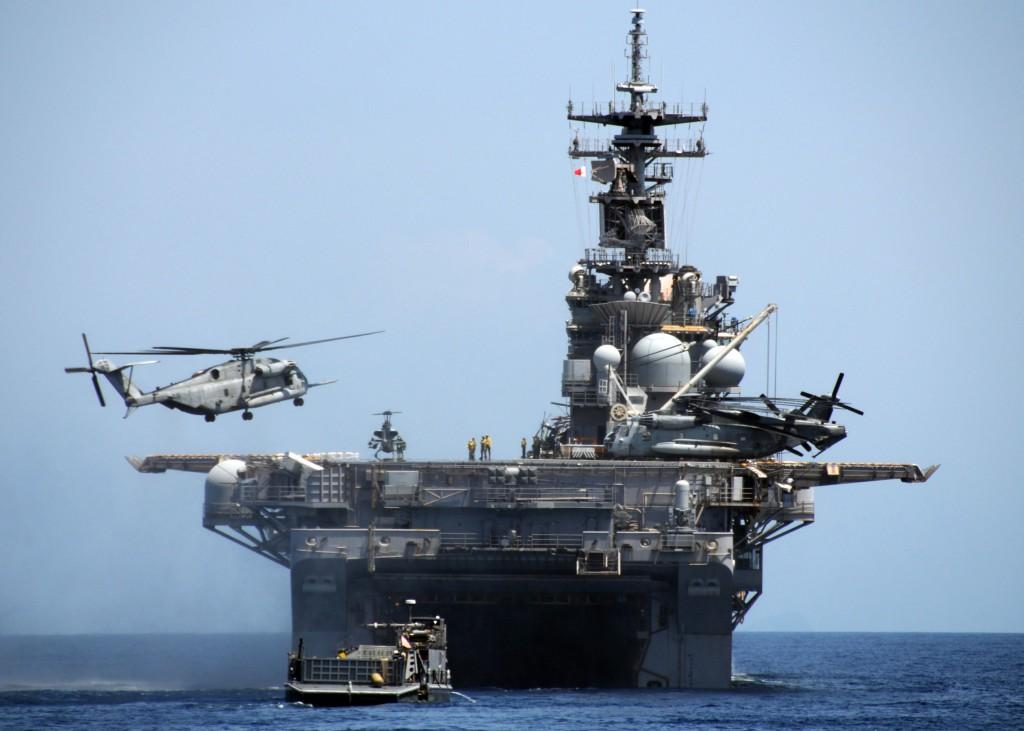 Thomas Lonergan makes an excellent case for the importance of amphibious capability in the ADF. But he doesn’t make a case for the investments now being made in developing that capability.
Thomas Lonergan makes an excellent case for the importance of amphibious capability in the ADF. But he doesn’t make a case for the investments now being made in developing that capability.
He says the ADF’s amphibious concepts don’t envisage high-intensity conflict or major war, but focus instead on lower-intensity operations like stabilisation missions and disaster relief. That’s very sensible. But those operations don’t require ships as large as the LHDs. They can be performed perfectly well by smaller ships, as we’ve seen in operations with our existing amphibious capability over recent years.
Indeed, a larger number of smaller ships would provide a better capability for these operations than the small number of big ships we’re buying. LHD-sized ships are needed for high-intensity conflicts, which is why the USMC has them. If that isn’t what we aim to do, we don’t need them. Smaller ships would be more cost-effective.
Nor do the lower-intensity operations envisaged by Lonergan require the ADF to achieve sea control in the face of an adversary with capable maritime forces. They take place in uncontested waters—and if the waters were seriously contested, they wouldn’t take place. Hence we don’t need AWDs to escort and protect our amphibious forces on such operations, whereas they would be needed for high-intensity conflicts where the seas would be heavily contested. So the AWDs also only make sense for the kind of mission that Lonergan says the ADF has no intention of undertaking.
This matters. The first law of defence policy is that every dollar can only be spent once. Every dollar we spend on capabilities that don’t contribute cost-effectively to the missions we need to be able to do detracts from our capacity to do the ones we do need to do, and weakens Australia’s security. That’s why the investments in the LHDs and AWDs are mistaken.
Hugh White is professor of strategic studies at ANU, and author of The China Choice. Image courtesy of Defence.